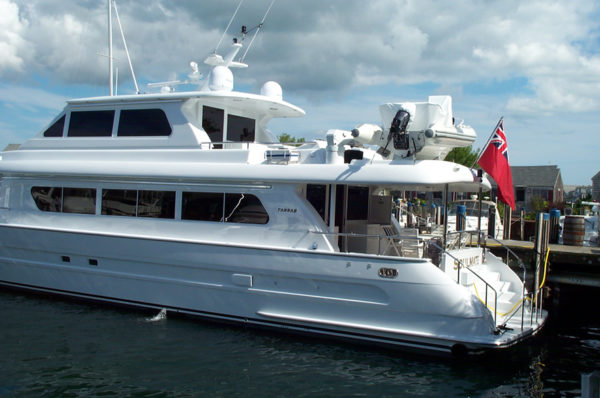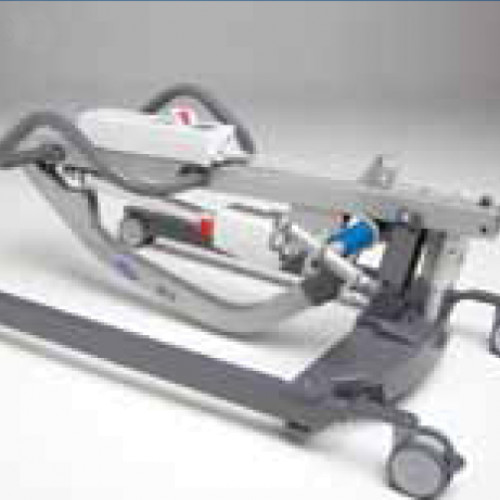
Likewise, if something significant like a tender is shown on the GA but is offloaded for the lift, make sure to communicate this. “Anything major like that which is left out is just more margin for error,” he says. Make sure to provide the general arrangement with placement of engines, gensets, gyrostabilizers, tenders, etc. The weight distribution is key, stresses Jenkins. (also) engineering drawings, of course, with as much detail as possible that show longitudinal and transverse structure, because obviously, we’ll use that to help us determine where we want to put those straps, and then also use that for the blocking arrangement.” In that case, especially, pictures are absolutely helpful. But if you’re able to provide that information, that is somewhere that we can give a closer look and make sure there’s not something below the surface that’s going to cause us any issues. We have had a lot of projects in the past where maybe the boat was involved in a collision, and there wasn’t any visible damage. In the preparation phase, Jenkins says the more information the better: obviously the vessel’s particulars, but in addition, “any kind of maintenance history, hoist history, refits, especially any areas of concern. Training Crew for Yacht Fire Prevention.His firm is able to assist in producing and verifying hoisting and blocking plans in order to avoid these worst-case scenarios. Recently, Tyler Jenkins, a marine engineer with DLBA Naval Architects in Virginia Beach, Virginia, hosted a webinar for captains on the key precautions to take when lifting a yacht. On composite boats with foam core construction, damage is often seen at the chine. Local damage can occur when straps are not placed on frames, which on an aluminum boat can cause the shell plating to deflect.
Ilift tender lift crack#
Not getting the balance of weight correct in the slings can overload and crack the hull. Less YouTube-worthy, but not particularly rare, are the results of incorrect weight distribution in the slings and bad strap placement, which can lead to global or local structural failures.

In the preparation phase, the more information the better: obviously the vessel’s particulars, but in addition, any kind of maintenance history, hoist history, refits, especially any areas of concern. Slings can fail and the boat can be dropped due to improper care and maintenance or when the yard does not assemble the sling buckles correctly.

Ilift tender lift full#
The Internet is full of videos of hoists gone wrong, including a spectacularly bad one of sling failure mid-air while unloading what looks to be a 40-meter tri-deck from a cargo ship. The act of lifting a boat out of the water always carries a high level of risk. Sure enough, there was some hull deformation where two of the straps had been placed.

Then the captain began a careful inspection. So it was hoisted, moved into position, and blocked. He wasn’t familiar with this shipyard but the owner assured him they had lifted the boat before and had all the specs and information. He was a bit surprised by their placement, but he figured that the yard knew what it was doing.

He maneuvered the boat in position under the Travelift, shut everything down, and watched as divers placed the straps. Freshly hired by the owner, the captain was just joining the yacht as it was getting hauled out for some maintenance work.


 0 kommentar(er)
0 kommentar(er)
